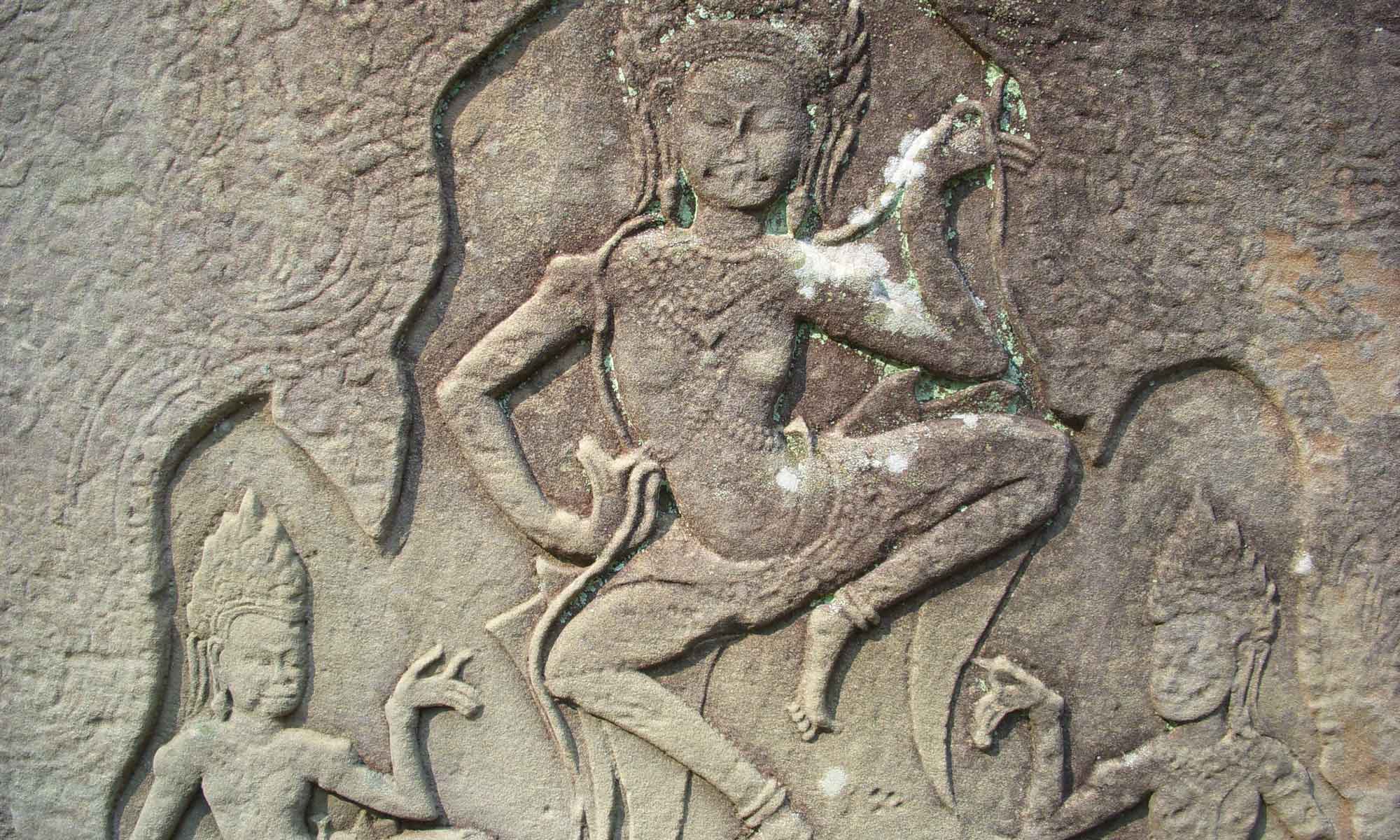
ASWM is pleased to announce that Sylvia Marcos will be a conference keynote speaker for Friday March 28th. Her presentation, entitled “Duality and Divinity: Gender and Eros in Mesoamerican Spirituality” is highly anticipated.
Sylvia Marcos is a scholar committed to indigenous movements throughout the Americas. As a university professor and researcher she has proposed a new vision in the field of feminist critical epistemology, Mesoamerican religions, and women within indigenous movements, while promoting an antihegemonic-feminist practice, theory and hermeneutics. She is the author of Taken from the Lips: Gender and Eros in Mesoamerican Religions (Brill, 2006), and editor of Women and Indigenous Religions (Praeger, 2010), and Dialogue and Difference: Feminisms Challenge Globalization (Palgrave Macmillan, 2005).
Dr. Marcos, who is the founder of the Anthropology and Gender Institute of Anthropological Research at the Universidad Autonoma de Mexico (UNAM), is a research associate in Religion and Society with the Escuela Nacional de Antropología e Historia (ENAH) and has received several awards and scholarships in Women’s Studies in Religion at Harvard University. She has been a visiting professor, scholar in residence, and guest professor at universities around the world, including Smith, Mount Holyoke, Amherst, Hampshire, and University of Massachusetts, University of California, Harvard University, University of Ljubljana, Slovenia, Claremont University, and University of California at Riverside, among others. She has been a guest lecturer at several universities in Brazil, Ecuador, Peru, Argentina, Bolivia, Colombia Venezuela, Trinidad and Tobago and Cuba. In the Philippines, India, Indonesia, Taiwan, United States, Japan, South Korea, Canada, France, Germany, New Zealand, Turkey, Egypt, Jamaica and Kurdistan.






